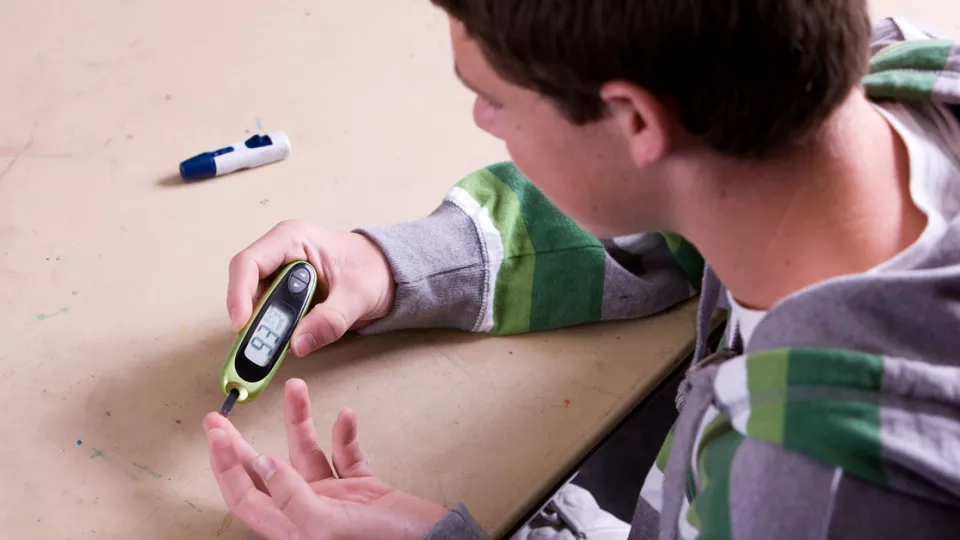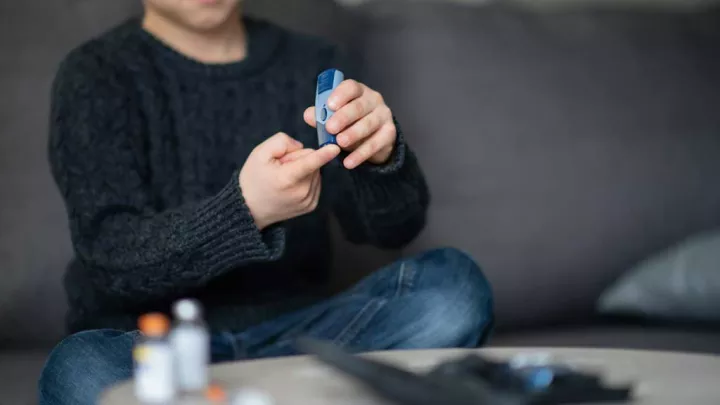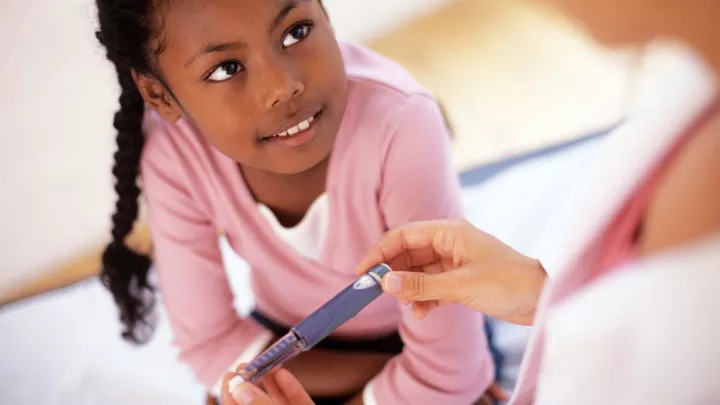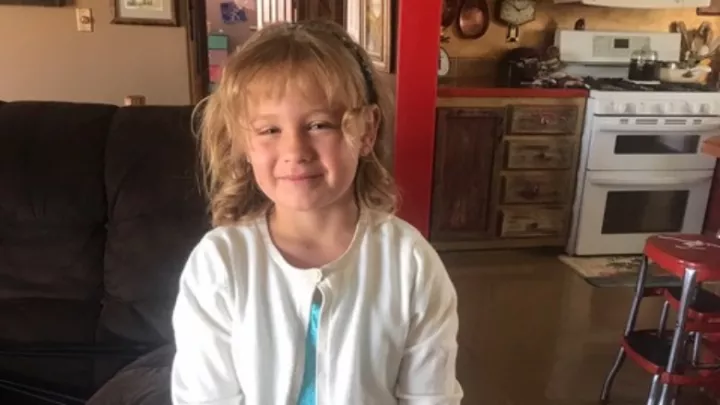
Treating Type 2 Diabetes in Youth
The occurrence of Type 2 diabetes in youth is increasing, yet the ability to control the disease by regulating blood glucose levels has proven difficult for this age group. A study published in the journal Pediatric Diabetes by investigators at Children’s Hospital Los Angeles found that patients who lost weight in the first year following diagnosis were better able to control blood glucose levels, decreasing their risk of serious complications.
Numerous studies have shown that disease progression for Type 2 diabetes occurs more quickly in youth compared to adults, putting young people at risk for complications and a reduced quality of life at an earlier age. To alter this trajectory, the investigators wanted to determine which patients were at highest risk for negative outcomes, as well as how weight loss and different medications effected their ability to control blood glucose levels.
Led by Lily Chao, MD, MS, an endocrinologist and Principal Investigator at The Saban Research Institute of Children’s Hospital Los Angeles, the team analyzed HbA1c levels of patients for five years following diagnosis. HbA1c is a standard test to measure the average glucose in a person’s blood. People with diabetes have elevated HbA1c levels that can be lowered through lifestyle changes and medication. The investigators found that:
- Lower HbA1c at diagnosis predicted better long-term blood glucose control.
- Short-term reductions in HbA1c had little long-term impact.
- Patients who lost weight had better glucose control one year after diagnosis.
This was a natural history study—patients received standard care and communication, unlike a clinical trial where there are often intensive appointment reminders and lifestyle coaching—so the study findings more closely reflect “real-world” experience. It is the first natural history study conducted in youth with Type 2 diabetes from a single clinic with a predominantly Latinx background. The study included 216 patients with an average age of 16; 60% of the participants were female.
Only 25% of patients reached the treatment goal of an HbA1c level of less than 7% at five years. Patients at highest risk for poor blood glucose control had HbA1c levels of greater than 8.5% at the time of diagnosis.
“These are the patients who really need our attention,” says Dr. Chao. “We need to make sure they come to appointments, take their medications and manage their weight. They are at the highest risk for long-term diabetes-related disabilities like nerve and kidney damage, blindness and stroke.”
One surprising finding was that intense medication treatment plans did not improve HbA1c levels. Dr. Chao proposes that this observation may be a result of patients not taking medications or not taking them appropriately. “Patients don’t always admit they aren’t taking their medications. Our next step is to develop an effective tool to help us understand the barrier to taking medications as prescribed. With that information, we can really improve the social and economic toll of this disease.”
Contributors to the study include: first author, Nancy Chang, Mei Yu Yeh, Jennifer K. Raymond, Mitchell E. Geffner and Ji Hoon Ryoo all of Children’s Hospital Los Angeles.


